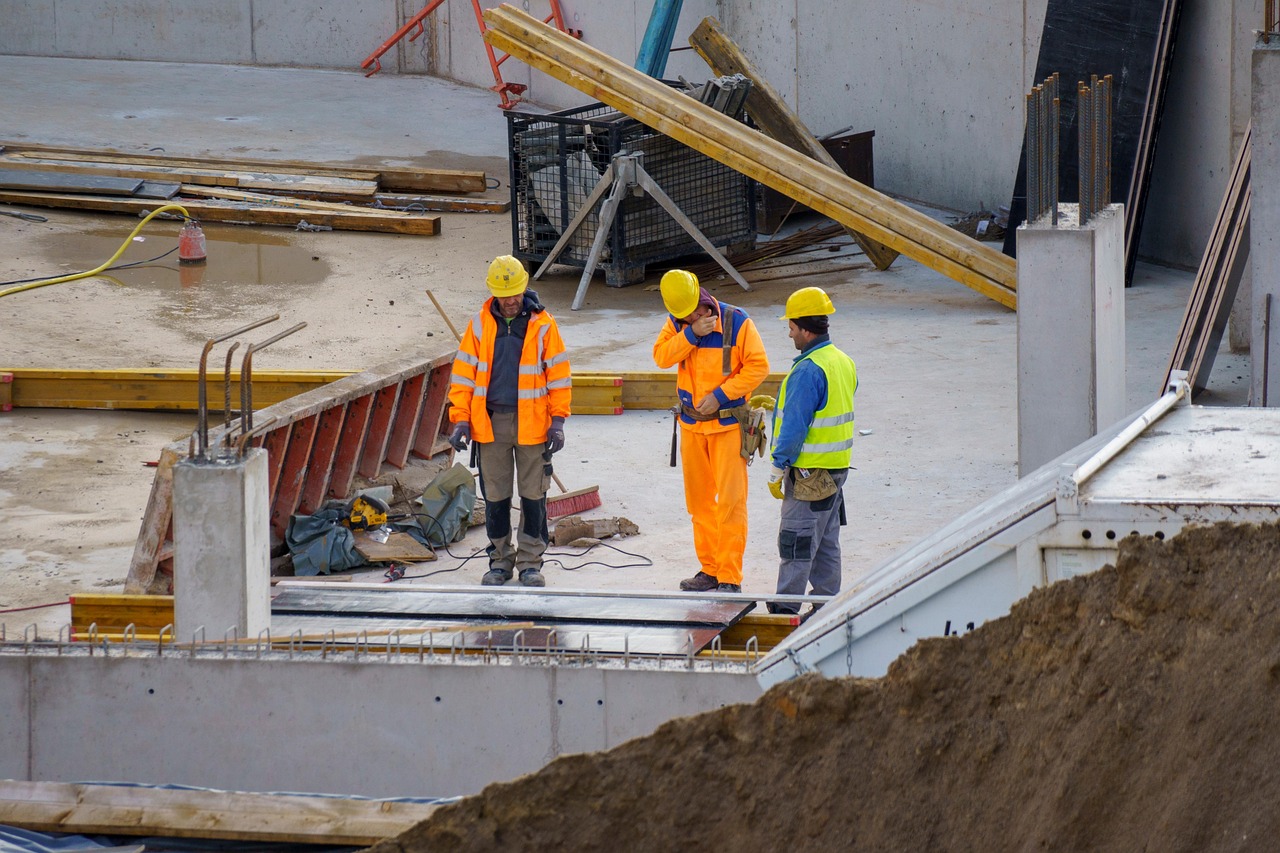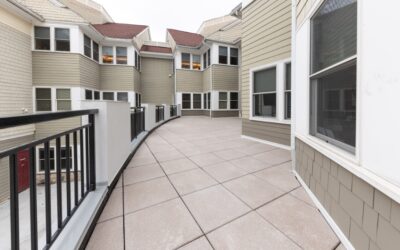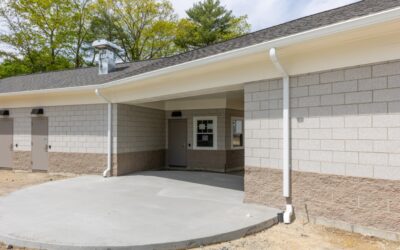Construction is the backbone of modern society. From towering skyscrapers to comfortable homes, the structures we live and work in are products of careful planning, skilled labor, and innovative materials. But did you know that every building falls into a specific construction type?
For property developers and real estate entrepreneurs, understanding construction types is essential—not just for compliance with building codes but also for ensuring structural safety, durability, and efficiency.
This guide will walk you through the various types of construction, essential materials, key considerations, and the unique aspects of different project categories. By the end, you’ll be equipped with valuable insights to make informed decisions in your next construction venture.
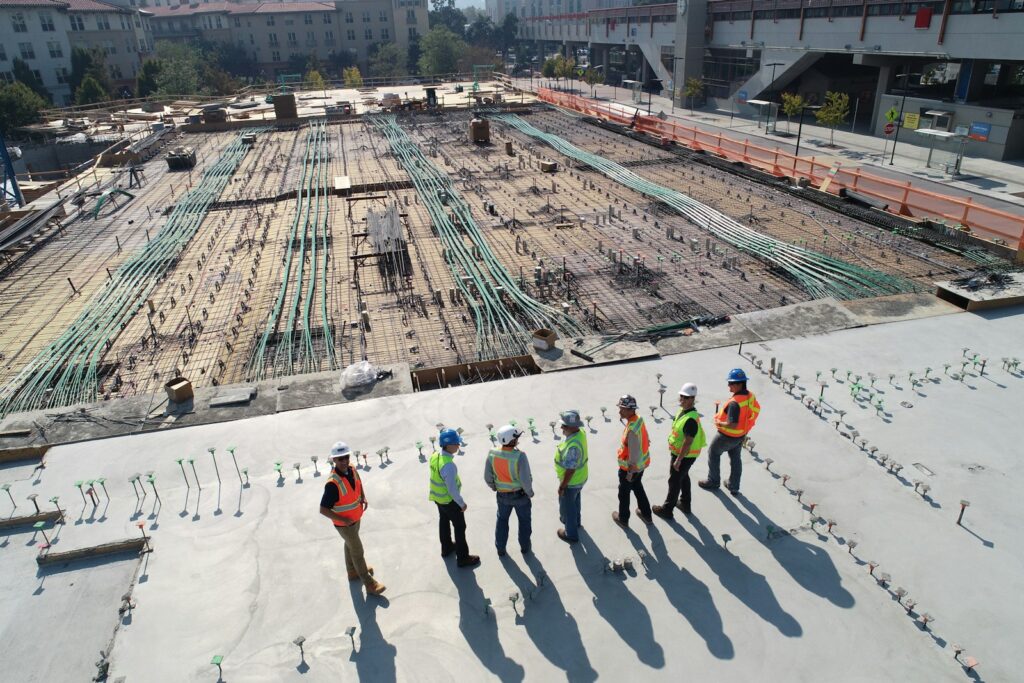
What is Construction and Why It Matters
Defining Construction
At its core, construction refers to the process of designing, building, and assembling physical structures or infrastructure. This process encompasses a variety of techniques, materials, and teams.
Why Construction Types Matter
Understanding construction types is critical for stakeholders. The primary structural frame and other building elements are categorized and regulated based on fire-resistance ratings, which are crucial for ensuring fire safety in various constructions. From developers to emergency responders, knowing a building’s construction type determines how well it can resist fire, the materials that should be used, and appropriate safety measures.
- Firefighters need to know how fire spreads through a structure.
- Engineers rely on construction types to plan services like ventilation and sprinklers effectively.
- Developers depend on this classification to select appropriate materials and estimate costs.

The Five Types of Building Construction
1. Type I Construction – Fire Resistive
Buildings categorized as Type I prioritize fire resistance. Roof construction in Type I buildings often involves fire-retardant-treated materials to meet stringent fire resistance ratings. This method is used in high-rise buildings taller than 75 feet, such as office complexes and large commercial buildings.
-
Materials Used: Reinforced concrete and protected steel
-
Features:
-
Non-combustible materials resist fire effectively.
-
Designed to endure extremely high temperatures without collapsing.
Type I construction is ideal for settings requiring top-tier safety and minimal fire spread risk, such as densely occupied urban centers.
2. Type II Construction – Non-Combustible
Type II structures feature non-combustible walls, floors, and roofs. Floor construction in Type II buildings must adhere to specific building codes to ensure fire resistance and structural integrity. However, unlike Type I, these materials may lack fire-resistant coatings.
- Materials Used: Lightweight concrete, masonry, and metals
- Typical Applications:
- Smaller commercial buildings
- Industrial warehouses
While cost-effective, these buildings provide moderate fire protection and require additional safety measures like sprinkler systems.
3. Type III Construction – Ordinary
Ordinary construction, also called Type III construction, combines masonry (non-combustible) exteriors with wooden interiors.
Materials Used:
- Masonry walls (brick and joist structures)
- Wood-framed roofs and interior walls
Applications:
- Schools
- Small office spaces
- Mixed-use developments
This method strikes a balance between cost and functionality, making it a popular choice for urban and suburban areas.
4. Type IV Construction – Heavy Timber
Heavy timber construction, or Type IV, is easily recognizable by the massive wooden beams and columns it employs.
Materials Used:
- Laminated wood
- Solid timber connected by metal joint connections
Applications:
- Historical barns
- Churches
- Large recreational halls
Heavy timber is both aesthetically pleasing and environmentally friendly, offering excellent insulation and moderate fire resistance when properly treated.
5. Type V Construction – Wood-Frame
Commonly used in residential construction, Type V buildings are the least fire-resistant and are largely composed of combustible materials.
Materials Used:
- Wood-framed roofs, walls, and floors
- Structural members made of wood panels
Applications:
- Single-family homes
- Garages
Type V construction remains popular thanks to its affordability and ease of permitting, although it may necessitate enhanced fire protection measures.

Key Building Elements and Materials
Building Elements in Construction
Common building components include:
- Walls (bearing walls, interior walls, and exterior walls)
- Floors and ceilings
- Roofs (flat roofs or sloped roofs)
Each of these elements significantly impacts energy efficiency, safety, material costs, and the overall function of a structure.
Common Building Materials
- Wood: Cost-effective and versatile but combustible. Ideal for residential projects.
- Steel: Strong and durable but conductive, requiring extra insulation. Essential in industrial construction.
- Concrete: Fire-resistant and versatile, widely used in floor and roof assemblies.
- Brick and masonry: Known for their fire resistance and durability in Type III and II constructions.
Fire Resistance
Fire-resistant materials can save lives by containing or delaying the spread of fire. Materials such as steel reinforced with coatings, fire-rated concrete, and treated wood are common in modern construction to comply with the International Building Code (IBC).
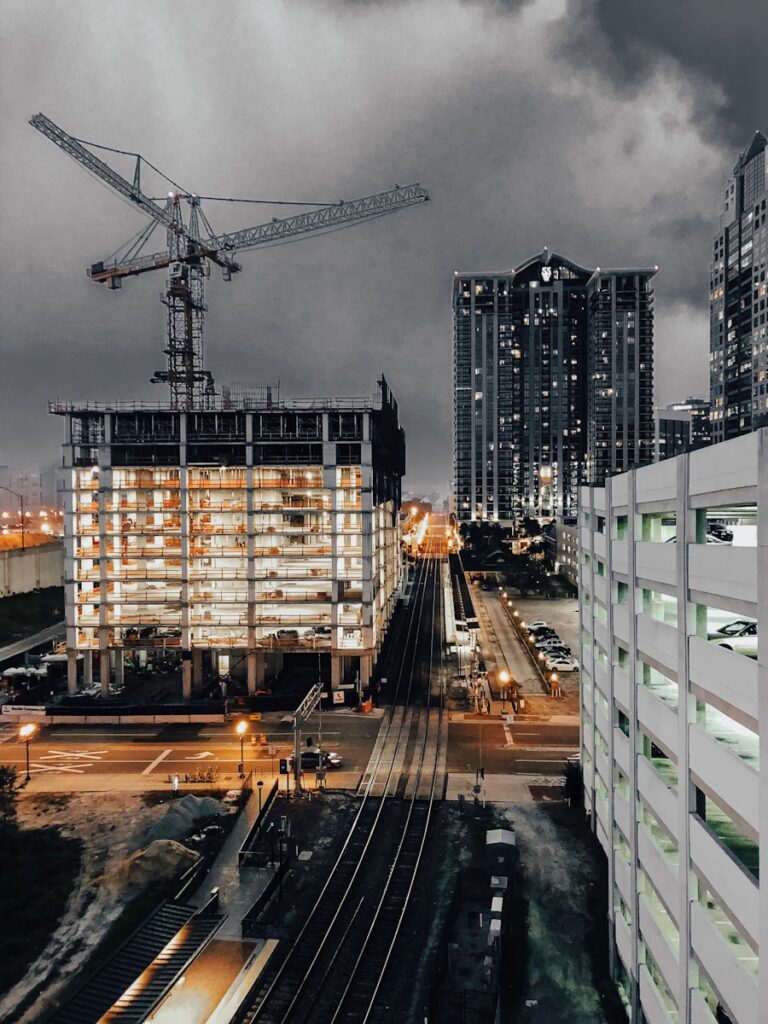
Types of Construction Projects
Construction types aren’t just about materials—they’re also shaped by purpose.
Residential Construction:
- Single- and multi-family homes, apartments, and condominiums.
- Focuses on safety, comfort, and aesthetics.
- Includes shopping malls, office buildings, and hotels.
- Requires a high degree of safety and energy efficiency.
Mixed-Use Construction:
- Combines residential, commercial, or industrial facilities in one location.
Industrial Construction:
- Large-scale operations like power plants and factories.
- Prioritizes functionality, access, and structural efficiency.
Civil & Infrastructure Construction:
- Roads, dams, bridges, and water systems.
- Encompasses public safety and environmental impact considerations.
Residential, Commercial, Mixed-Use, Institutional, Industrial, and Civil & Infrastructure Projects
Construction projects can be broadly categorized into six main types: residential, commercial, mixed-use, institutional, industrial, and civil & infrastructure. Each type has its own unique characteristics, requirements, and challenges.
Residential Projects: These involve building structures intended for habitation, such as single-family homes, multi-family apartments, and condominiums. The focus here is on creating safe, comfortable, and aesthetically pleasing living spaces. Residential projects often prioritize energy efficiency and sustainability, using materials like wood frame construction for its affordability and ease of use.
Commercial Projects: This category includes offices, retail stores, shopping centers, hotels, and other facilities built for commercial use. Commercial buildings require a high degree of safety and energy efficiency, often employing materials like steel and reinforced concrete to ensure durability and fire resistance. The design of commercial buildings also considers factors like foot traffic, accessibility, and functionality.
Mixed-Use Projects: These combine multiple types of construction and land use within a single development or area. For example, a mixed-use project might include residential apartments above retail stores or office spaces. This type of construction maximizes land use efficiency and creates vibrant, multi-functional communities. Mixed-use projects often require careful planning to balance the needs of different occupants and ensure seamless integration of various building elements.
Institutional Projects: Intended for public use, institutional projects include educational institutions, hospitals, government buildings, and other public service facilities. These projects prioritize safety, accessibility, and functionality. Materials with high fire resistance ratings, such as masonry and steel, are commonly used to ensure the safety and longevity of these structures.
Industrial Projects: Built for industrial use, these projects include manufacturing plants, warehouses, and power plants. Industrial construction focuses on functionality, access, and structural efficiency. The use of durable materials like steel and concrete is common to withstand the demands of industrial operations. Fire protection measures are also critical in these environments to prevent potential hazards.
Civil & Infrastructure Projects: This category encompasses large-scale engineering projects typically associated with infrastructure or public works, such as transportation systems, utilities, and other large-scale public works projects. Civil and infrastructure projects prioritize public safety and environmental impact considerations. These projects often involve complex planning and coordination to ensure they meet the needs of the community and comply with regulatory standards.
Types of Construction
Construction can be broadly categorized into several main types, each with unique characteristics and applications. Below are the primary types of construction, with additional resources for further exploration:
- Residential Construction
This includes the building of homes, apartments, and other dwellings for individuals and families.
Learn more about residential construction
- Commercial Construction
Focused on projects like office buildings, shopping centers, and restaurants, this type supports business and commerce.
More details about commercial construction
- Industrial Construction
This includes facilities like factories, power plants, and refineries that require specialized infrastructure.
Explore industrial construction
- Infrastructure Construction
Also known as civil construction, this type involves building public projects such as roads, bridges, and airports.
Understanding infrastructure construction
- Environmental Construction
These projects address ecological challenges, like water treatment plants and renewable energy projects.
Read about environmental construction
Each type plays a critical role in shaping the built environment and meeting the needs of society. Visit the links above to discover more about each category.

Considerations for Construction Projects
Safety and Regulations
Compliance with safety codes is critical across industry sectors, ensuring adequate fire protection systems, occupant load limits, and structural integrity.
- Building Codes protect lives by regulating materials allowed, occupancy, and load-bearing capacities.
- Energy Efficiency and environmental impact are increasingly prioritized during project planning.
Building Occupancy and Fire Resistance Rating
Building occupancy and fire resistance rating are two crucial factors that significantly influence the design, construction, and safety of buildings.
Building Occupancy: This term refers to the use of a building and the number of people allowed to occupy the facility. Local governments classify buildings by occupancy, which can affect zoning and building codes. For instance, a building designed for residential use will have different occupancy requirements compared to a commercial or industrial building. Understanding occupancy classifications helps architects and engineers design spaces that are safe, functional, and compliant with local regulations.
Fire Resistance Rating: This is a safety measure used to calculate a structure’s ability to withstand a fire. Fire resistance ratings are assigned to building materials and structural elements, including exterior and interior bearing walls, columns, beams, girders, trusses, and arches. These ratings indicate how long a material or assembly can resist fire before failing. There are five main types of buildings according to fire resistance rating: Type I, Type II, Type III, Type IV, and Type V. Each type has specific requirements for fire resistance, with Type I offering the highest level of protection and Type V the least.
Building codes often specify the required fire resistance ratings for different types of buildings and materials. For example, a high-rise office building (Type I) will require materials with higher fire resistance ratings compared to a single-family home (Type V). By adhering to these ratings, builders can ensure that structures are equipped to contain or delay the spread of fire, providing occupants with more time to evacuate and reducing the risk of structural collapse.
Importance of Compliance with Building Codes
Compliance with building codes is essential to ensure the safety and integrity of buildings. Building codes provide minimum requirements for the design, construction, and maintenance of buildings to protect public health, safety, and welfare.
Safety and Integrity: Building codes are designed to prevent fires, collapses, and other hazards that can result in injuries, deaths, and property damage. They regulate materials allowed, occupancy limits, load-bearing capacities, and other critical aspects of construction. By following these codes, builders can create structures that are safe and reliable.
Framework for Design and Construction: Building codes offer a standardized framework for architects, engineers, and contractors to design and construct buildings that meet the needs of occupants and users. This framework ensures that all aspects of a building, from its structural members to its fire protection systems, are designed to work together harmoniously.
Risk Reduction: Compliance with building codes can help reduce the risk of litigation and financial losses due to non-compliance. Buildings that do not meet code requirements may face legal challenges, fines, and increased insurance premiums. Additionally, non-compliant buildings are more likely to experience failures that can lead to costly repairs and liability issues.
Benefits of Compliance: Adhering to building codes not only ensures safety but also enhances the overall quality and performance of a building. It can lead to improved energy efficiency, better indoor air quality, and increased property value. For developers and property owners, compliance with building codes is a crucial step in achieving long-term success and sustainability in their construction projects.
By understanding and adhering to building codes, developers can ensure that their projects are safe, efficient, and compliant with all regulatory requirements, ultimately protecting the well-being of occupants and the investment in the property.
Project Management Best Practices
- Establish clear communication between contractors, designers, and stakeholders.
- Use modern project management software to streamline tasks and reduce delays.
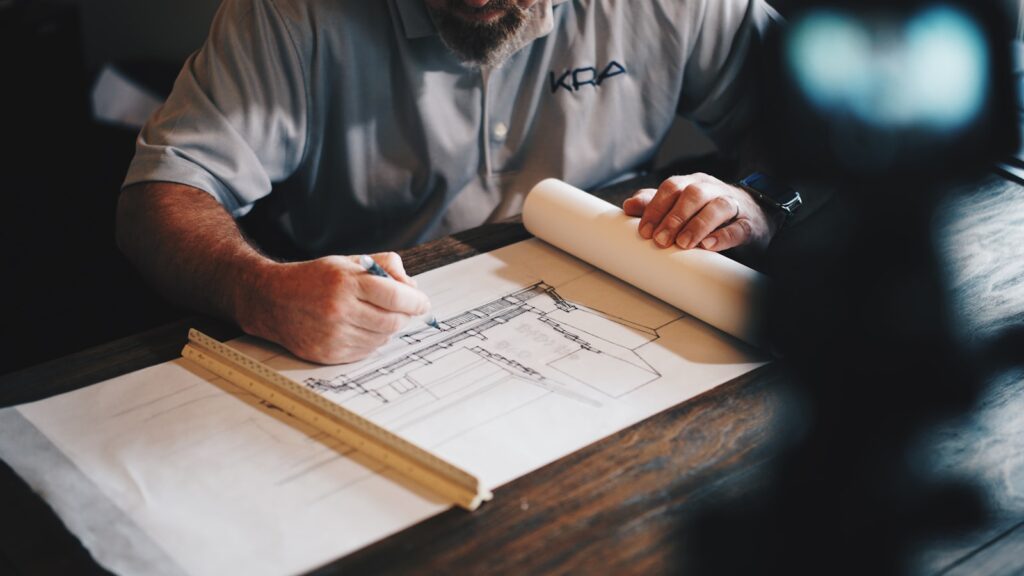
Mastering the World of Construction
Understanding construction types is foundational for property developers entering the construction industry. By paying attention to building materials, fire resistance, and regulatory factors, developers can ensure that their projects are safe, efficient, and sustainable.
No matter the project type—be it a high-rise office tower or a residential home—ensuring compliance with construction standards will save time, money, and possibly lives.
For your next construction project, focus on thorough planning and expert consultation to guarantee long-term success.
View Our Work
The Overlook – Masonic Health System
"We’re honored to have partnered with The Overlook on this transformative initiative. Our team brought specialized expertise in working within occupied senior living communities, delivering a seamless renovation that aligns with The Overlook’s exceptional standards of...
Hamilton Wenham
Their team was collaborative, responsive, and committed to our shared vision for this space, -Eric Tracy Superintendent, Hamilton-Wenham Regional School District We partnered with the Hamilton-Wenham Regional School District to deliver a brand-new athletic building...

